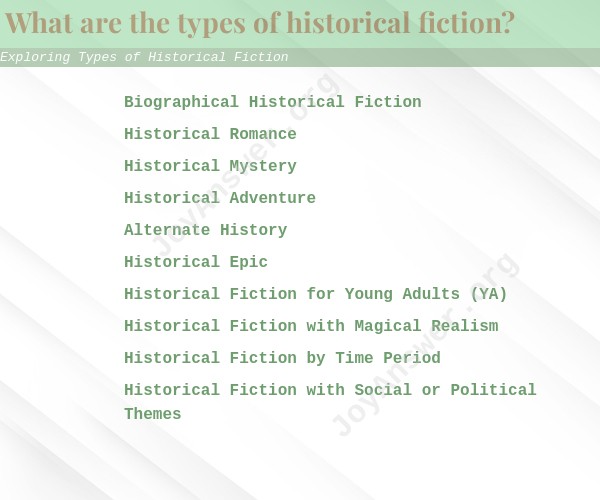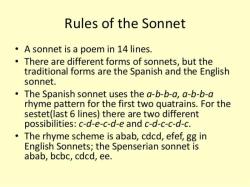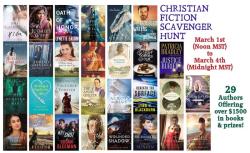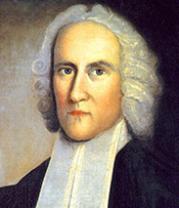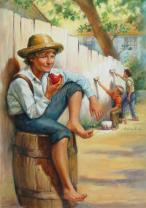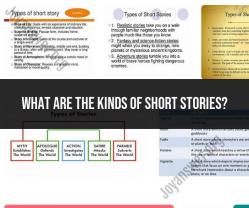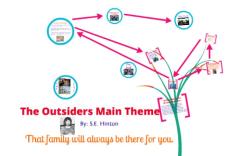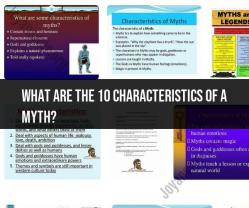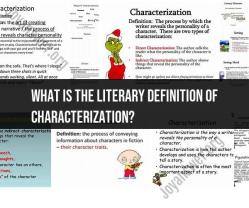What are the types of historical fiction?
Historical fiction is a genre of literature that combines fictional narratives with real historical settings, events, or characters. Within the broad category of historical fiction, there are several subgenres and types that focus on different time periods, themes, and storytelling approaches. Here are some common types of historical fiction:
Biographical Historical Fiction:
- This type of historical fiction focuses on the lives of real historical figures. Authors research the individual's life, personality, and the historical context to create a fictionalized narrative around them. Examples include "The Other Boleyn Girl" by Philippa Gregory (about Anne Boleyn) and "Lincoln" by Gore Vidal (about Abraham Lincoln).
Historical Romance:
- Historical romance novels combine elements of romance with a historical backdrop. These stories often feature protagonists from different social backgrounds or historical periods who fall in love against the odds. Examples include "Pride and Prejudice" by Jane Austen and "Outlander" by Diana Gabaldon.
Historical Mystery:
- Historical mysteries feature detectives or amateur sleuths solving crimes in historical settings. Authors incorporate historical details and context into the mystery plot. Examples include the Brother Cadfael series by Ellis Peters and the Maisie Dobbs series by Jacqueline Winspear.
Historical Adventure:
- Historical adventure fiction combines elements of adventure and action with a historical backdrop. These stories often involve journeys, quests, or exploration in historical settings. Examples include "Treasure Island" by Robert Louis Stevenson and the "Sharpe" series by Bernard Cornwell.
Alternate History:
- Alternate history novels explore speculative scenarios where historical events unfolded differently. Authors imagine what might have happened if key historical moments had taken an alternate course. Examples include "The Man in the High Castle" by Philip K. Dick and "Fatherland" by Robert Harris.
Historical Epic:
- Historical epics are sweeping narratives that span generations or cover significant historical events. These novels often feature multiple characters and perspectives. Examples include "War and Peace" by Leo Tolstoy and "The Pillars of the Earth" by Ken Follett.
Historical Fiction for Young Adults (YA):
- Historical fiction written for young adult audiences explores historical settings and events while catering to the interests and concerns of teenage readers. Examples include "The Book Thief" by Markus Zusak and "Code Name Verity" by Elizabeth Wein.
Historical Fiction with Magical Realism:
- Some historical fiction incorporates elements of magical realism, blending historical accuracy with magical or supernatural elements. Examples include "The Night Circus" by Erin Morgenstern and "The Golem and the Jinni" by Helene Wecker.
Historical Fiction by Time Period:
- Historical fiction can also be categorized by specific time periods, such as Ancient History, Medieval, Renaissance, Victorian, World War I, World War II, etc. Authors immerse readers in the historical context of a particular era.
Historical Fiction with Social or Political Themes:
- Some historical fiction focuses on social issues, political movements, or cultural changes within a historical setting. These novels explore how individuals and societies grapple with important issues of their time.
These are just a few of the many types of historical fiction, and often, novels can belong to multiple subgenres simultaneously. The richness of historical fiction lies in its ability to transport readers to different time periods and provide a window into the past while telling engaging and imaginative stories.
Different Types and Subgenres of Historical Fiction
Historical fiction is a broad genre that encompasses many different types and subgenres. Some of the most common include:
- Biographical historical fiction: This type of historical fiction tells the story of a real person from the past. Examples include I, Claudius by Robert Graves and All the Light We Cannot See by Anthony Doerr.
- Historical romance: This type of historical fiction combines the elements of a romance novel with a setting in the past. Examples include Gone with the Wind by Margaret Mitchell and Outlander by Diana Gabaldon.
- Historical mystery: This type of historical fiction combines the elements of a mystery novel with a setting in the past. Examples include The Alienist by Caleb Carr and A Study in Scarlet by Arthur Conan Doyle.
- Historical thriller: This type of historical fiction combines the elements of a thriller novel with a setting in the past. Examples include Day of the Jackal by Frederick Forsyth and The Third Man by Graham Greene.
- Alternate history: This type of historical fiction imagines what would have happened if history had taken a different course. Examples include The Man in the High Castle by Philip K. Dick and 1984 by George Orwell.
In addition to these major subgenres, there are many other types of historical fiction, such as:
- Historical epics: These novels tell the story of a large group of people over a long period of time. Examples include War and Peace by Leo Tolstoy and The Lord of the Rings by J.R.R. Tolkien.
- Historical nautical fiction: These novels take place on the sea and often feature pirates, sailors, and other maritime characters. Examples include Treasure Island by Robert Louis Stevenson and Moby-Dick by Herman Melville.
- Historical western fiction: These novels take place in the American West during the 19th century and often feature cowboys, outlaws, and Native Americans. Examples include Lonesome Dove by Larry McMurtry and True Grit by Charles Portis.
- Historical military fiction: These novels take place during wars and other military conflicts. Examples include All Quiet on the Western Front by Erich Maria Remarque and Catch-22 by Joseph Heller.
Navigating the Rich Diversity of Historical Fiction Writing
With so many different types and subgenres of historical fiction to choose from, it can be difficult to know where to start. Here are a few tips for navigating the rich diversity of historical fiction writing:
- Consider your interests. What kind of stories do you enjoy reading? If you're a fan of romance novels, you might want to try a historical romance. If you're a fan of mystery novels, you might want to try a historical mystery.
- Browse different bookstores and libraries. Check out the historical fiction section and see what catches your eye. You might be surprised at what you find.
- Ask for recommendations from friends, family, and librarians. If you know someone who enjoys reading historical fiction, ask them for recommendations. They might be able to introduce you to some new authors and subgenres.
- Don't be afraid to experiment. If you find a historical fiction novel that you're enjoying, don't be afraid to try other books by the same author or in the same subgenre. You might be surprised at how much you enjoy them.
Historical Fiction Genres: From Biographical to Alternate History
Historical fiction genres can range from the factually accurate to the wildly speculative. Here is a brief overview of some of the most popular historical fiction genres:
- Biographical historical fiction: This genre tells the story of a real person from the past, such as a president, a war hero, or a famous artist. Biographical historical fiction novels often focus on the person's historical significance, but they can also explore their personal life and relationships.
- Historical romance: This genre combines the elements of a romance novel with a setting in the past. Historical romance novels often feature love stories between two people from different social classes or different cultures.
- Historical mystery: This genre combines the elements of a mystery novel with a setting in the past. Historical mystery novels often feature detectives or other investigators who are trying to solve crimes that took place in the past.
- Historical thriller: This genre combines the elements of a thriller novel with a setting in the past. Historical thriller novels often feature danger, suspense, and excitement.
- Alternate history: This genre imagines what would have happened if history had taken a different course. Alternate history novels can be set in any time period, from the ancient world to the future.
These are just a few of the many different types and subgenres of historical fiction. With so many options to choose from, there is sure to be a historical fiction novel out there that
